
Oroville is the county seat of Butte County, California, United States. The population of the city was 15,506 at the 2010 census, up from 13,004 in the 2000 census. Following the 2018 Camp Fire that destroyed much of the town of Paradise, the population of Oroville increased as many people who lost their homes relocated to nearby Oroville. In 2020, the 2020 census recorded the population of Oroville at 20,042.
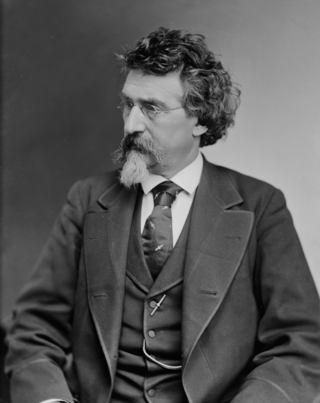
Mathew B. Brady was one of the earliest and most famous photographers in American history. Best known for his scenes of the Civil War, he studied under inventor Samuel Morse, who pioneered the daguerreotype technique in America. Brady opened his own studio in New York City in 1844, and went on to photograph U.S. presidents John Quincy Adams, Abraham Lincoln, and Martin Van Buren, among other public figures.

The American Civil War was the most widely covered conflict of the 19th century. The images would provide posterity with a comprehensive visual record of the war and its leading figures, and make a powerful impression on the populace. Something not generally known by the public is the fact that roughly 70% of the war's documentary photography was captured by the twin lenses of a stereo camera. The American Civil War was the first war in history whose intimate reality would be brought home to the public, not only in newspaper depictions, album cards and cartes-de-visite, but in a popular new 3D format called a "stereograph," "stereocard" or "stereoview." Millions of these cards were produced and purchased by a public eager to experience the nature of warfare in a whole new way.
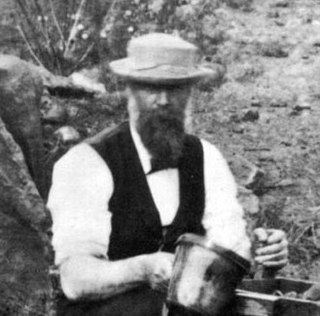
Carleton E. Watkins (1829–1916) was an American photographer of the 19th century. Born in New York, he moved to California and quickly became interested in photography. He focused mainly on landscape photography, and Yosemite Valley was a favorite subject of his. His photographs of the valley significantly influenced the United States Congress' decision to preserve it as a National Park.

George Clement Perkins was an American businessman and politician. A member of the Republican Party, Perkins served as the 14th Governor of California from 1880 to 1883, and as United States Senator from California from 1893 to 1915. He also served in the California State Senate.

Arnold Abner Newman was an American photographer, noted for his "environmental portraits" of artists and politicians. He was also known for his carefully composed abstract still life images.

Alexander Seik was a Czech photographer, painter and mayor of Tábor. He was a pioneer of Czech photography, one of foremost exponents of chromophotography.
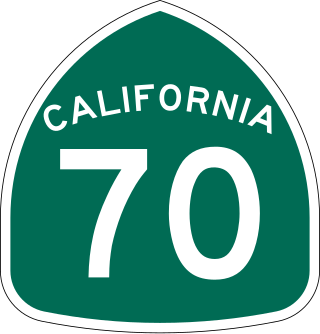
State Route 70 is a state highway in the U.S. state of California, connecting SR 99 north of Sacramento with U.S. Route 395 near Beckwourth Pass via the Feather River Canyon. Through the Feather River Canyon, from SR 149 to US 395, SR 70 is the Feather River Scenic Byway, a Forest Service Byway that parallels the ex-Western Pacific Railroad's Feather River Route.

State Route 149 is a short state highway in the U.S. state of California that helps to connect Oroville and Chico through rural Butte County. Connecting State Route 70 at Wicks Corner with State Route 99 east of Durham, it forms part of the primary north–south highway through the eastern Sacramento Valley, a Focus Route of the Interregional Road System.
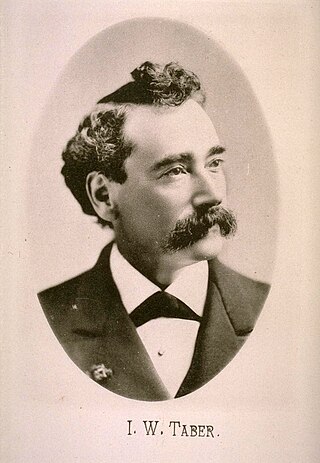
Isaiah West Taber was an American daguerreotypist, ambrotypist, and photographer who took many pictures of noted Californians, which he donated to the California State Library "that the state may preserve the names and faces, and keep alive the memory of those who made it what it is." He was also a sketch artist and dentist. His studio also produced a series of stereoscopic views of west coast scenery.

The history of Chico, California, begins with the original inhabitants, the Mechoopda Maidu.
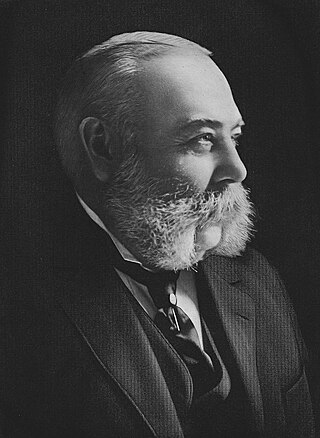
Albert Foster Jones was an American lawyer and Democratic politician who served in the California Senate from 1887 to 1890, for the Fourth district.
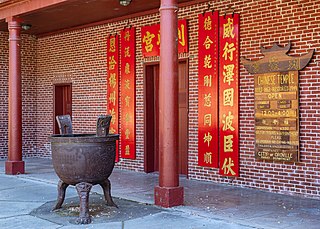
The Oroville Chinese Temple (列聖宮) is a Chinese folk religious temple built in 1863 in Oroville, California. The temple is now owned by the City of Oroville and open to the public as a museum, and it also continues to be used occasionally for worship.

Las Plumas High School (LP) is located in the north valley in Oroville, California, United States, about 70 miles north of Sacramento. The school was established in the autumn of 1961. The class of 1965 was the first class to go from freshmen to seniors at the school. Its main sports rival is Oroville High School.

Dody Weston Thompson was a 20th-century American photographer and chronicler of the history and craft of photography. She learned the art in 1947 and developed her own expression of “straight” or realistic photography, the style that emerged in Northern California in the 1930s. Dody worked closely with contemporary icons Edward Weston, Brett Weston and Ansel Adams during the late 1940s and through the 1950s, with additional collaboration with Brett Weston in the 1980s.
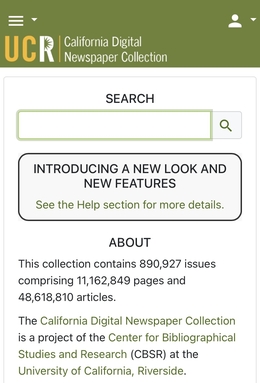
The California Digital Newspaper Collection (CDNC) is a freely-available, archive of digitized California newspapers; it is accessible through the project's website. The collection contains over six million pages from over forty-two million articles. The project is part of the Center for Bibliographical Studies and Research (CBSR) at the University of California Riverside.
Michael Lawrence Mery was the eighth and tenth President of the Chico Board of Trustees, the governing body of Chico, California from 1888 to 1889 and from 1890 to 1891. He was the proprietor of the Chico Iron Foundry.

Frederick Gutekunst was an American photographer from Philadelphia, Pennsylvania. He opened his first photographic portrait studio with his brother in 1854 and successfully ran his business for sixty years. He grew to national prominence during the American Civil War and expanded his business to include two studios and a large phototype printing operation. He is known as the "Dean of American Photographers" due to his high quality portraits of dignitaries and celebrities. He worked as the official photographer of the Pennsylvania Railroad and received national and international recognition for his photographs of the Gettysburg battlefield and an innovative 10-foot long panoramic photograph of the Centennial Exposition.
The practice and appreciation of photographyin the United States began in the 19th century, when various advances in the development of photography took place and after daguerreotype photography was introduced in France in 1839. The earliest commercialization of photography was made in the country when Alexander Walcott and John Johnson opened the first commercial portrait gallery in 1840. In 1866, the first color photograph was taken. Only in the 1880s, would photography expand to a mass audience with the first easy-to-use, lightweight Kodak camera, issued by George Eastman and his company.

This is a timeline of women in photography tracing the major contributions women have made to both the development of photography and the outstanding photographs they have created over the 19th, 20th and 21st centuries.



















